LOTS OF LEAVES!
Have you ever wondered why the leaves on some plants look different to others? It’s because plants are adapted to the environment where they live. They use their leaves to help them get the right balance of light, water, and temperature, and to protect themselves from damage.
This article will tell you why the leaves in Plantasia Tropical Zoo’s rainforest and arid zones might look different.
Why are leaves different shapes?
Light:
In the rainforest, leaves can be round or oval. This helps them get as much sunlight as possible when there are lots of other plants around creating shade. In the desert, leaves might be thin and pointy, to prevent scorching. They point upwards so that they can get sunlight in the mornings and evenings, but avoid the strongest radiation at midday when the sun is directly overhead.
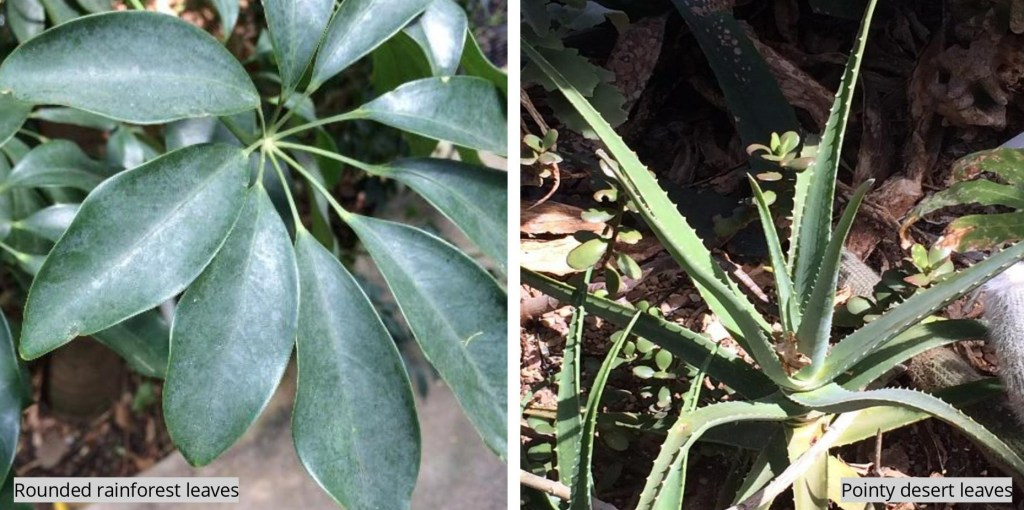
Water:
There is not much water available in the desert. Plants have to store as much water as possible, and reduce how much evapotranspiration occurs. This is when water evaporates off the surface of the leaves, like when humans sweat.
Desert leaves are often compact to reduce the amount of leaf surface area which is exposed to the air. But plants in the rainforest do not need to do this, because there is lots of water and moisture available!
Temperature:
To protect themselves from extreme temperatures, some leaves have hairs or jagged edges. This is similar to human hairs standing on end when it is cold, it creates a layer in between the leaf and the air which is more stable with milder temperatures.
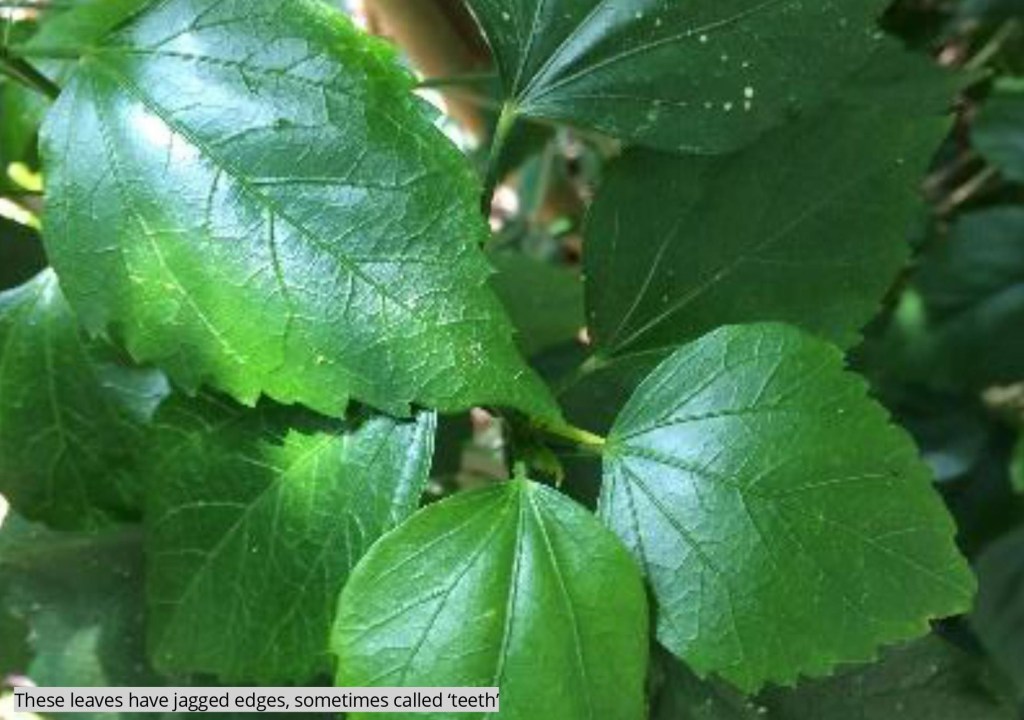
Damage:
Some leaves have holes so that air can pass through them easily and they do not get damaged when it is very windy.
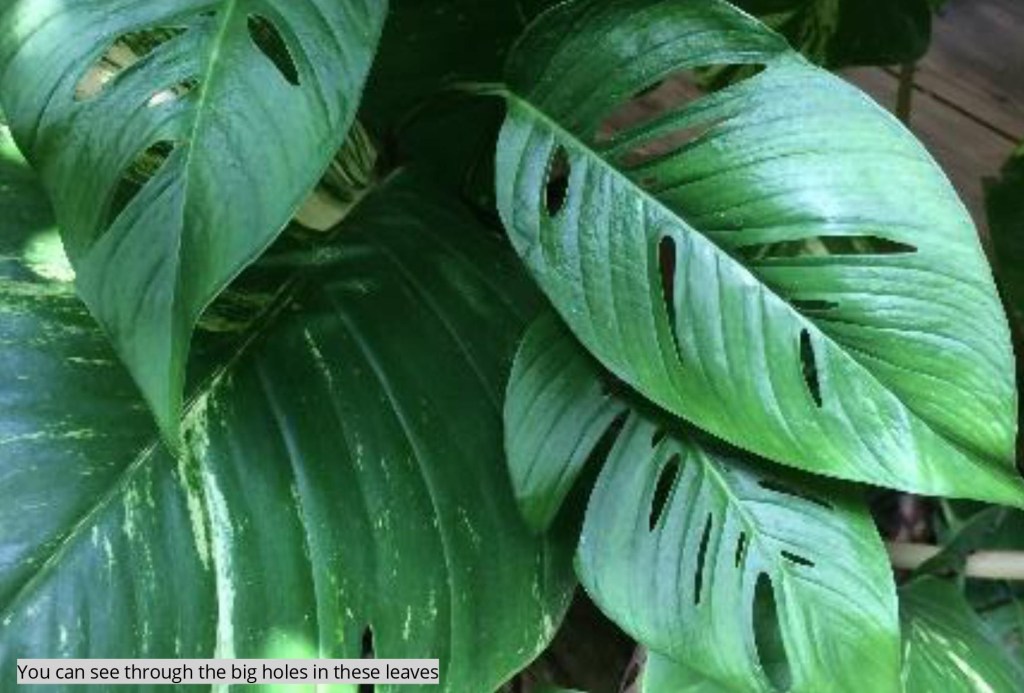
Plants in the rainforest may also have pointy drip tips, which help rainwater to run off the leaves so that it does not weigh them down and break them.
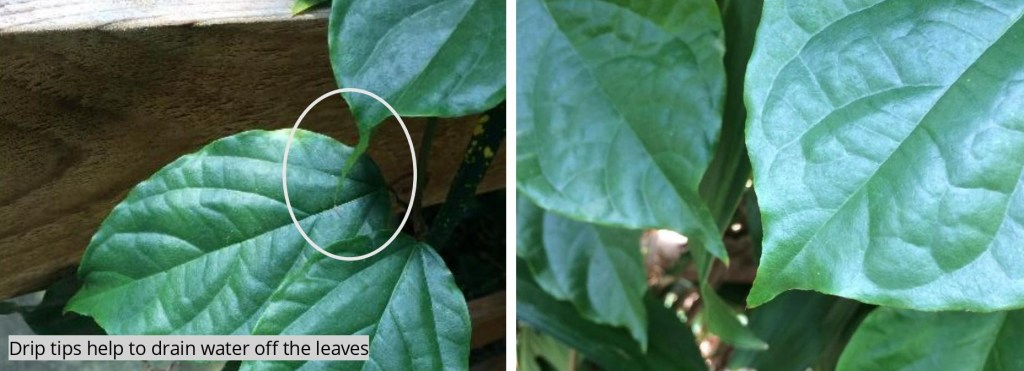
Why are leaves different sizes?
Light:
Plants in the rainforest are packed closely together and this makes a lot of shade, so it is best to have big leaves to get the most sunlight possible.

Water:
In the desert, there is plenty of sunlight, so leaves can be smaller. Succulents have small and short leaves, as these are better for reducing evapotranspiration. The leaves are also thicker because they are filled with water that the plants are storing.
Damage:
Plants can also use thick leaves to protect themselves from hungry insects, because it is harder to eat through these.
Why are leaves different colours?
Light:
Most plants look green because the chemical they use to absorb sunlight is green, but plants on the shady rainforest floor contain extra chemicals to help them absorb even more sunlight. These chemicals can be different colours, but a common one is purple.
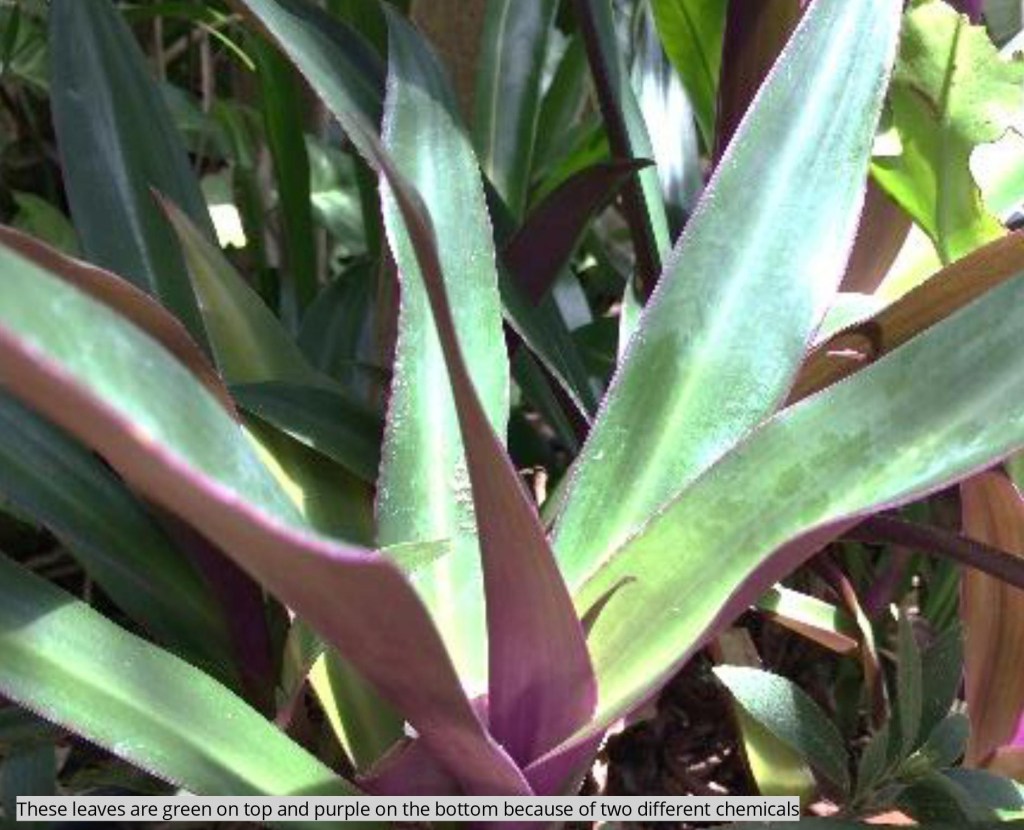
Temperature:
Pale colours reflect more sunlight and heat, so leaves in the desert are often pale green or grey to prevent them from getting too hot.
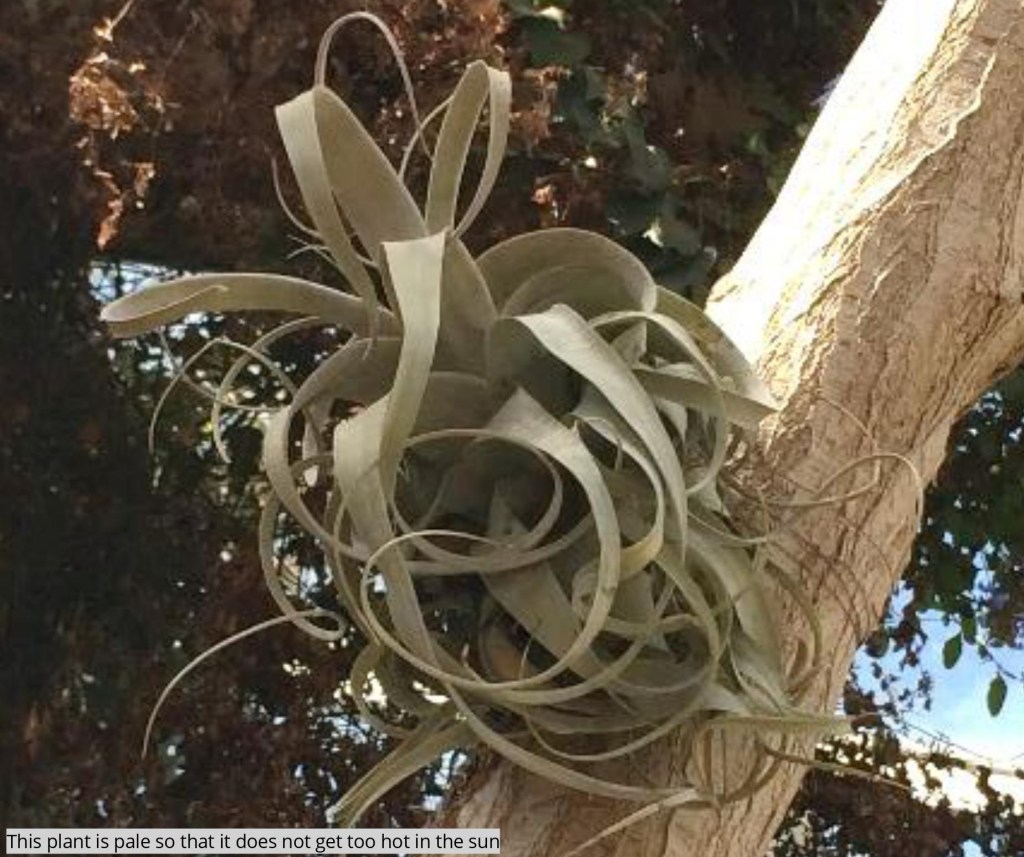
Damage:
When leaves have patches, stripes, or streaks of different shades, it is called variegation. Scientists aren’t exactly sure why this happens. One theory is that it confuses insects into thinking the leaf has already been munched by another insect and is full of holes, and this will prevent them from coming over and eating more.
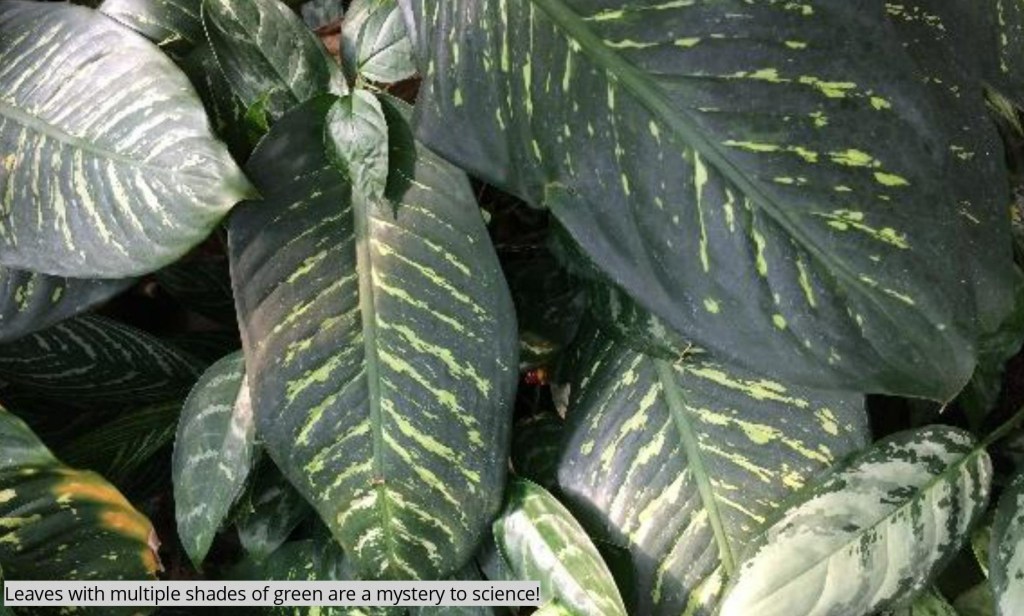
What other special adaptations can leaves have?
Carnivorous plants can have very strange leaves which are designed to capture insects to provide the plant with extra food.

Overall, we can learn a lot about a plant just by looking at its leaves! See if you can find some of these clever leaves on your next visit to Plantasia Tropical Zoo.
With thanks to Swansea University Placement student
